The Mazda CX-9 Predictably Won a Comparison Test of Minivan Alternatives, As Mazdas Do
Shocker. The 2017 Mazda CX-9 entered a buff book comparison test against four comparable three-row crossovers and scored a victory.
That’s what Mazdas do. It’s what I assumed the CX-9 would do when, one year ago, I called the second-generation CX-9 a class leader, asking “is perfect too strong a word?”
Swaying the jury seems to be straightforward business for Mazda. The justification for rendering a pro-Mazda verdict is familiar. “It drives so much better than any of the others,” Car And Driver’s Jeff Sabatini writes of the CX-9, after the Mazda bested the Honda Pilot, Dodge Durango, GMC Acadia, and Volkswagen Atlas. “The CX-9 is nimble and agile,” Car And Driver says. “Weight transfers smoothly in the CX-9,” and, “There is a flow to the controls.” The publication credits the quiet cabin and the attractive exterior, as well.
Also described? The reason 98 percent of buyers in the Mazda CX-9’s segment choose a different vehicle.
Essentially, if you need the three-row Mazda CX-9 to operate as a three-row vehicle, you ought to look elsewhere.
Granted, if you truly need a three-row vehicle, a minivan’s the better option. But we already knew that.
“Because if you have too many offspring — perhaps as few as two — your family will have outgrown the Mazda CX-9,” Sabatini writes. “Its third row is tiny and tough to access, and even the second row is comparatively tight.”
If you need a minivan but have determined that you’re willing to make certain compromises in order to not look like you drive a minivan, the Mazda CX-9 is too small. And it doesn’t matter if it’s agile. It doesn’t matter that, with 310 lb-ft of torque, acceleration is at least mid-pack. It doesn’t matter that the interior, both in terms of design and materials, is stunning. And it doesn’t matter that the CX-9 is an attractive vehicle outside, standing out from a crowd of all too similar crossovers.
Mazda has enough of a problem getting U.S. consumers to consider a Mazda. But in the CX-9’s case, a prospective buyer who actually explores the idea of Mazda ownership after cross-shopping a Pilot, Highlander, or Durango discovers all-around smallness.
Undeniably, U.S. sales of the new Mazda CX-9 are significantly healthier than they’d been in years. That’s not surprising given the old CX-9’s age, the market’s resurgent interest in utility vehicles, and the dramatic CX-9 improvements.
Yet the CX-9 remains a rare beast, with the current pace suggesting around 25,000 will be sold in the U.S. in 2017, well off its peak pace of 34,421 sales in 2011. Compared with rivals — not just a Ford Explorer that can sell as many copies in one month as the CX-9 does all year but also the surging Toyota Highlander and the new GMC Acadia — the CX-9 is a drop in the midsize crossover bucket. And if you think the second-gen model is still gaining momentum, you’d be wrong. June volume fell to a five-month low of 1,699 units, down 11 percent compared with the CX-9’s launch month from a year ago.
It was never Mazda’s intention to sell boatloads of CX-9s in America — global capacity is capped at 50,000 units. But 80 percent of that capacity, or 40,000 annual units, was originally expected to be used in North America, where only around 15,000 CX-9s were sold in the first half of 2017.
So the CX-9 isn’t popular. It may even be less popular than expected. But if you can overlook the fact the Mazda CX-9 is not an adequate minivan replacement, well, it’s best in class material.
[Images: Mazda]
Timothy Cain is a contributing analyst at The Truth About Cars and Autofocus.ca and the founder and former editor of GoodCarBadCar.net. Follow on Twitter @timcaincars.
More by Timothy Cain
Latest Car Reviews
Read moreLatest Product Reviews
Read moreRecent Comments
- Probert They already have hybrids, but these won't ever be them as they are built on the modular E-GMP skateboard.
- Justin You guys still looking for that sportbak? I just saw one on the Facebook marketplace in Arizona
- 28-Cars-Later I cannot remember what happens now, but there are whiteblocks in this period which develop a "tick" like sound which indicates they are toast (maybe head gasket?). Ten or so years ago I looked at an '03 or '04 S60 (I forget why) and I brought my Volvo indy along to tell me if it was worth my time - it ticked and that's when I learned this. This XC90 is probably worth about $300 as it sits, not kidding, and it will cost you conservatively $2500 for an engine swap (all the ones I see on car-part.com have north of 130K miles starting at $1,100 and that's not including freight to a shop, shop labor, other internals to do such as timing belt while engine out etc).
- 28-Cars-Later Ford reported it lost $132,000 for each of its 10,000 electric vehicles sold in the first quarter of 2024, according to CNN. The sales were down 20 percent from the first quarter of 2023 and would “drag down earnings for the company overall.”The losses include “hundreds of millions being spent on research and development of the next generation of EVs for Ford. Those investments are years away from paying off.” [if they ever are recouped] Ford is the only major carmaker breaking out EV numbers by themselves. But other marques likely suffer similar losses. https://www.zerohedge.com/political/fords-120000-loss-vehicle-shows-california-ev-goals-are-impossible Given these facts, how did Tesla ever produce anything in volume let alone profit?
- AZFelix Let's forego all of this dilly-dallying with autonomous cars and cut right to the chase and the only real solution.




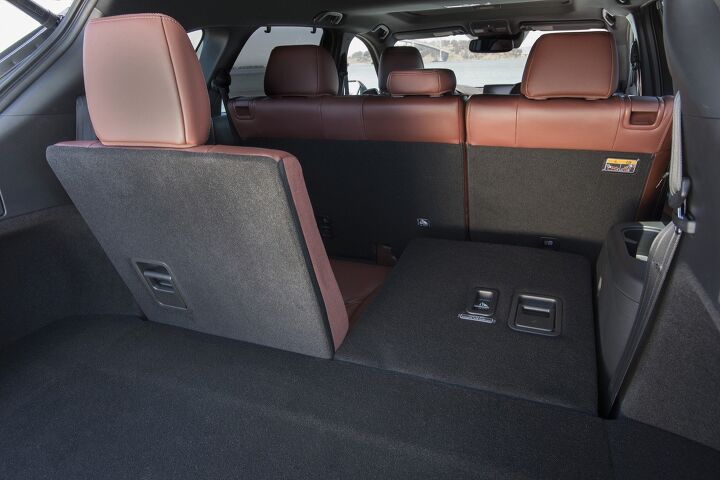
















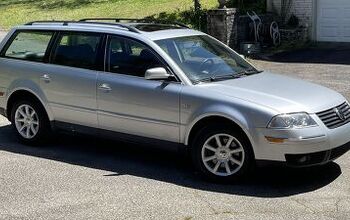
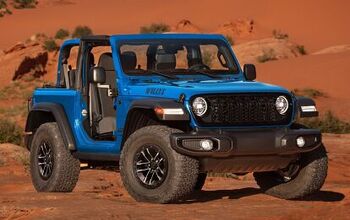

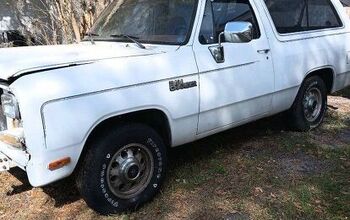
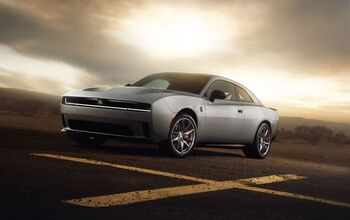
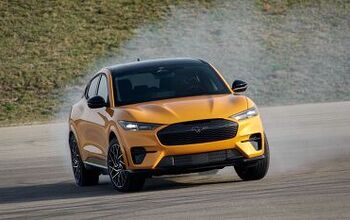
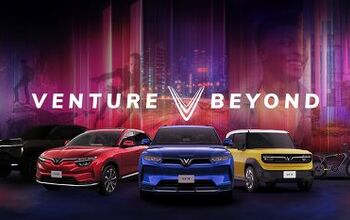
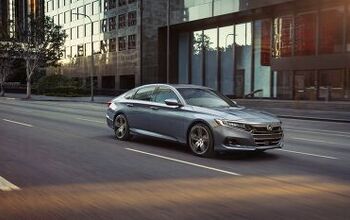


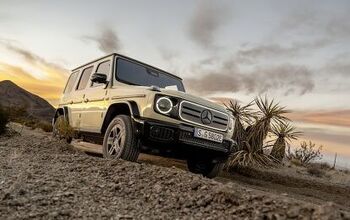

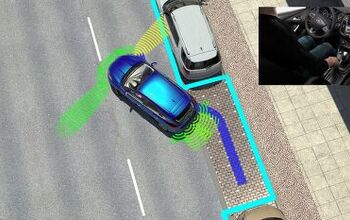

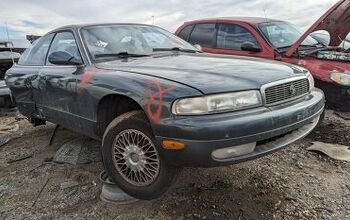
Comments
Join the conversation
Interesting, we went from an Enclave to Sienna AWD. Much better driveline and sight lines. Little bit more road noise, but we'd never go back.We don't mind the stigma, well ,because my wife's hot.
I adore the interior on this car and appreciate Mazda's steadfast detrmination to make a family CUV drive like a much smaller car, but its staggering length is surprising given the comparatively small interior space. This is a big miss by Mazda, i think. Seems like form over function -- in an effort to make the car seem lower and sleeker, they stretched the nose (hell, everything forward of the windshield) to its limit. The car looks great (perhaps long-nosed form some angles) but it will take up tons of garage space, and parking a car with that long of a nose seems like a potential challenge as well. If I am going to have a car with this big of a footprint, I want to be able to have high cargo capacity. I will allow some reduced capacity for the sloping rear roof given the looks but Mazda probably went too far in style over function. Still, with that Signature interior, WOW!